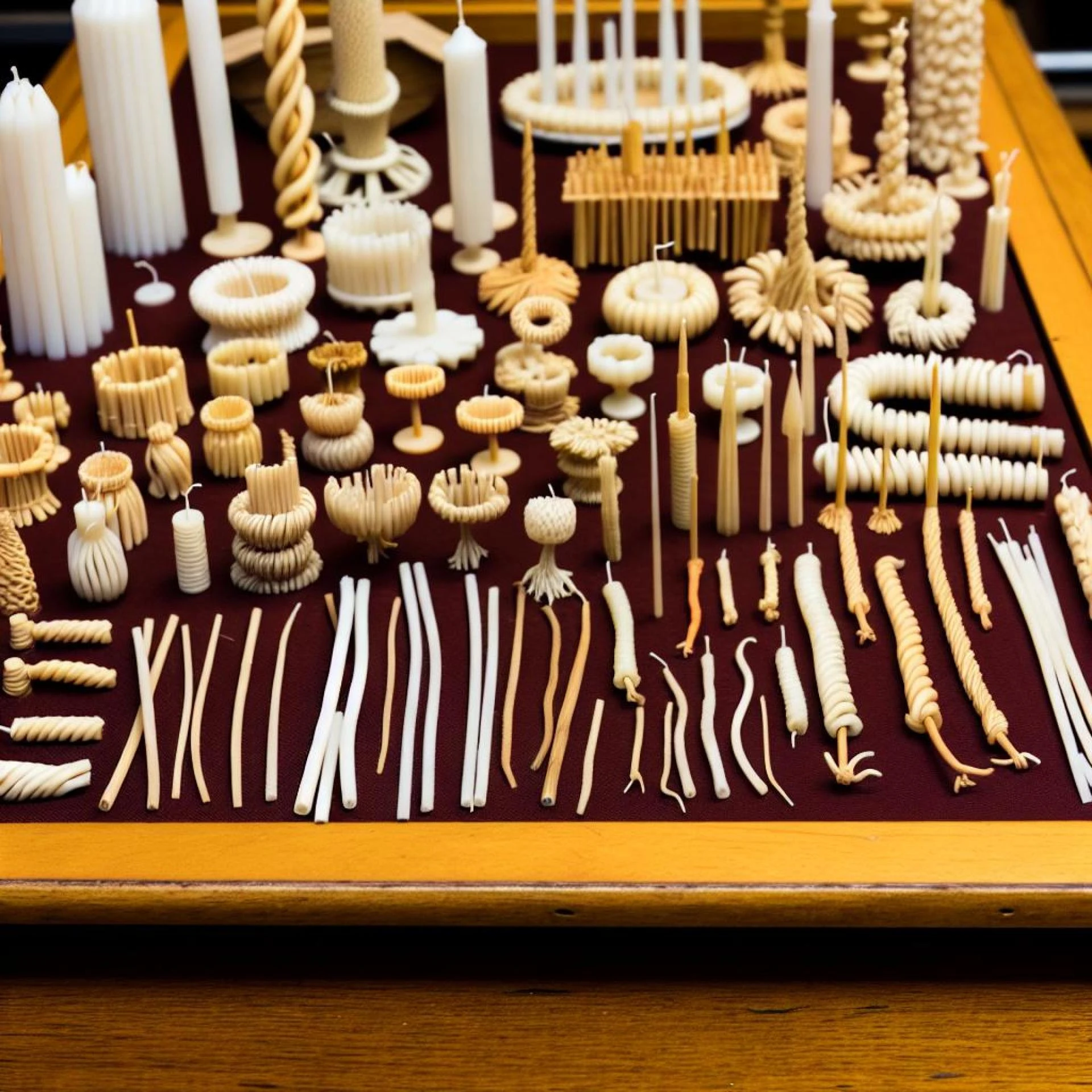Unlock the secrets to the perfect candle by selecting the ideal wick for every project.
Understanding Wick Types and Their Importance in Candle Making
The foundation of a great candle experience often starts with selecting the appropriate wick. Wicks come in various types, including flat, square, wood, and specialty wicks, each designed to cater to different candle sizes, shapes, and wax types. The right wick ensures proper melting, burning, and fragrance distribution, enhancing the overall quality and safety of the candle.
Selecting an unsuitable wick can lead to issues such as tunneling, sooting, or an uneven burn. Understanding the characteristics of each wick type and how they interact with different waxes is crucial for any candle maker looking to perfect their craft.
Matching Wick Size and Material to Your Candle Wax
Wick size and material are pivotal factors in achieving a well-made candle. The thickness, length, and material of the wick should be matched with the type of wax you\'re using, as well as the diameter of the candle. For instance, natural waxes like soy or beeswax may require a thicker wick compared to paraffin. The goal is to find a balance that results in a steady, even burn and minimal soot production.
A proper match between wick and wax will not only extend the burn time but also ensure the wax pool forms correctly, allowing for maximum scent throw and a beautiful, clean burn.
The Role of Wick Coatings in Burn Quality and Scent Throw
Wick coatings, often made of wax, play a significant role in the candle\'s initial lighting and burning experience. Coated wicks can enhance the burn quality by ensuring a consistent burn rate and improving the scent throw by affecting how the wax pool forms. The choice of coating can also influence the candle\'s ignition time and overall performance.
Choosing the right coating for your wick will result in a candle that not only looks professional but also performs excellently from the first light to the last flicker.
Troubleshooting Common Wick Problems for a Cleaner Burn
Candle makers often face challenges like mushrooming, sooting, or a flickering flame. These issues are frequently related to wick problems such as improper sizing or poor quality. To troubleshoot, adjust the wick size, consider a different coating, or trim the wick to the recommended length before each use.
Addressing these common wick problems is essential for ensuring a cleaner burn and extending the life of your candles. A well-chosen and maintained wick will create a more enjoyable and safer candle-burning experience.
Expert Tips for Testing and Adjusting Wicks in Handmade Candles
Experienced candle makers understand the value of testing wicks in their creations. Conducting a burn test with different wick sizes and types can help you observe how your candles perform. Take notes on the burn rate, wax pool size, and any sooting or flickering that occurs.
Adjusting wicks based on these observations is a critical step in candle making. It may take several attempts to find the perfect wick for a specific candle type, but the results will be well worth the effort, leading to a superior product that showcases your dedication to the craft.



